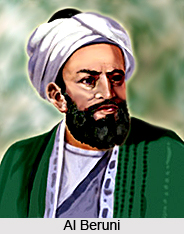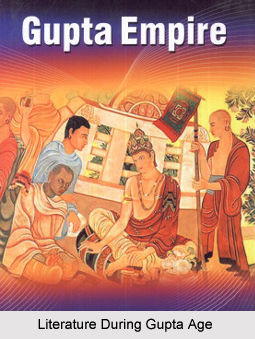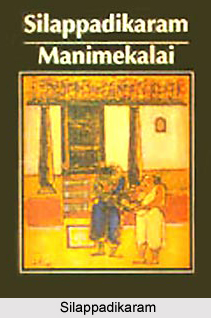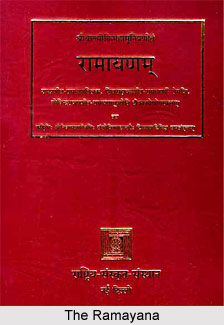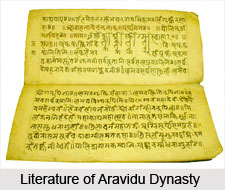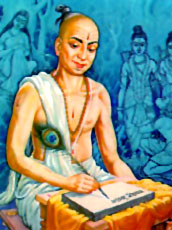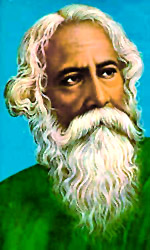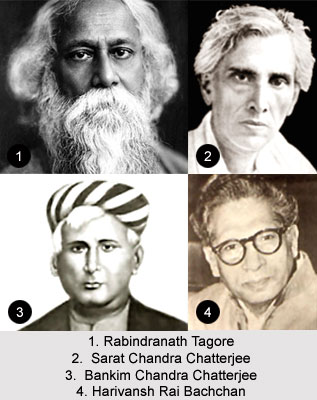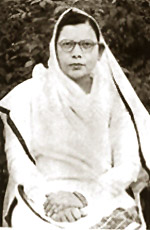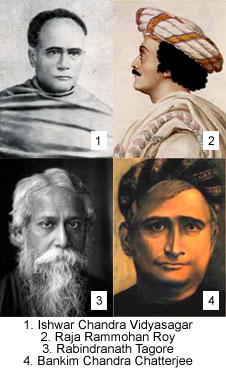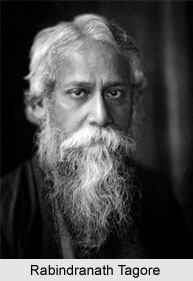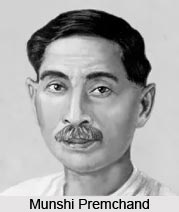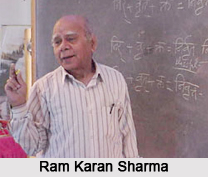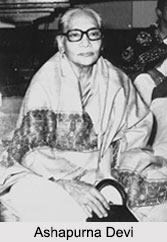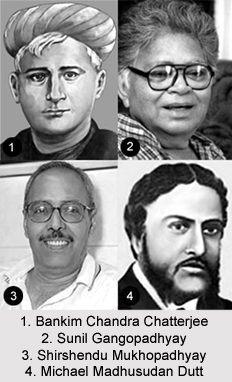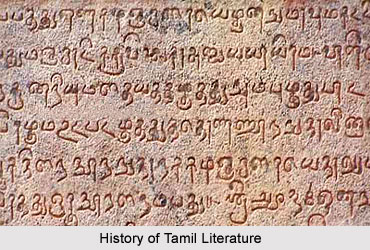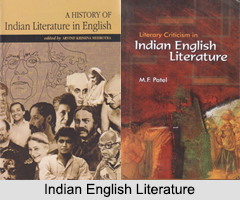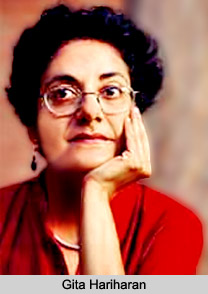 The novel `The Ghosts of Vasu Master` by Gita Hariharan is told in short chapters, alternating between events in the present. Stories are basically recollections along with a bit of philosophizing on Vasu Master`s part. The Ghosts of Vasu Master moves at a good pace, and builds up nicely to its conclusion. Hariharan tries to do a great deal here. It can be called as a charming, entertaining, and thoughtful novel.
The novel `The Ghosts of Vasu Master` by Gita Hariharan is told in short chapters, alternating between events in the present. Stories are basically recollections along with a bit of philosophizing on Vasu Master`s part. The Ghosts of Vasu Master moves at a good pace, and builds up nicely to its conclusion. Hariharan tries to do a great deal here. It can be called as a charming, entertaining, and thoughtful novel.
Gita Hariharan was an Indian writer born in Coimbatore. She grew up in Bombay and Manila. She was educated in these two cities and later in the United States. She worked as a staff writer in the Public Broadcasting System in New York, and since 1979, she has worked in Bombay, Madras and New Delhi, first as an editor in a publishing house, then as a freelancer as well. Gita Hariharan`s first novel, `The Thousand Faces of Night` won the Commonwealth Writers Prize. Since then, she has published a collection of stories. Hariharan`s work has been translated into French, Spanish, Italian, Dutch, Greek, Urdu and Malayalam and her essays and fiction have also been included in several collections and anthologies as well.
Synopsis:
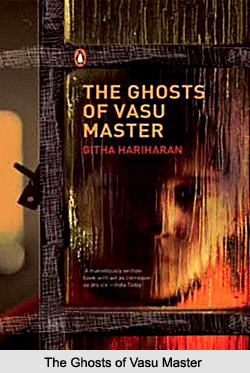 A newly retired teacher narrates `The Ghosts of Vasu Master` by the author Gita Hariharan. In this book having spent most of his life teaching at the private P. G. Boys` School, in the Indian town of Elipettai, Vasu Master feels quite uneasy after retirement. His farewell present from his students was a notebook, and the other things related to jotting down observations, memories, and thoughts about teaching. He also continues to teach a bit, becoming a tutor. He doesn`t have many students, however, and eventually he is only left with one that is the most complicated and intractable case, Mani. The boy is twelve when he comes to Vasu Master, but he was not up to the mark. He doesn`t speak, either, and has been through numerous schools and doctors, without anyone being able to draw him out. Vasu Master tries to change Mani and eventually finds at least one thing that seems to keep him entertained and interested. And this thing was stories. Vasu Master himself wasn`t brought up on proper stories but he tries a lot with his childhood experience and finds them useful for himself too. Vasu master also tries to live in present and bring the past back in his life. His wife who dies in earlier years, he brings back her in memory and thus tries to understand the present. The Ghosts of Vasu Master is concerned with well being on all levels i.e. the soul, the mind, and the body. Vasu Master`s physical ailments get some attention, while some want him to follow the path to enlightenment. there is one more character and he is Vasu Master`s father, a doctor of the very wise and understanding sort, who shows a variety of ways of healing. Vasu Master`s efforts to teach Mani take the broadest meaning of teach`. He tries to teach him in all aspect like as psychologist and also as educator.
A newly retired teacher narrates `The Ghosts of Vasu Master` by the author Gita Hariharan. In this book having spent most of his life teaching at the private P. G. Boys` School, in the Indian town of Elipettai, Vasu Master feels quite uneasy after retirement. His farewell present from his students was a notebook, and the other things related to jotting down observations, memories, and thoughts about teaching. He also continues to teach a bit, becoming a tutor. He doesn`t have many students, however, and eventually he is only left with one that is the most complicated and intractable case, Mani. The boy is twelve when he comes to Vasu Master, but he was not up to the mark. He doesn`t speak, either, and has been through numerous schools and doctors, without anyone being able to draw him out. Vasu Master tries to change Mani and eventually finds at least one thing that seems to keep him entertained and interested. And this thing was stories. Vasu Master himself wasn`t brought up on proper stories but he tries a lot with his childhood experience and finds them useful for himself too. Vasu master also tries to live in present and bring the past back in his life. His wife who dies in earlier years, he brings back her in memory and thus tries to understand the present. The Ghosts of Vasu Master is concerned with well being on all levels i.e. the soul, the mind, and the body. Vasu Master`s physical ailments get some attention, while some want him to follow the path to enlightenment. there is one more character and he is Vasu Master`s father, a doctor of the very wise and understanding sort, who shows a variety of ways of healing. Vasu Master`s efforts to teach Mani take the broadest meaning of teach`. He tries to teach him in all aspect like as psychologist and also as educator.
This novel by Gita Hariharan is published by the famous publishing house Penguin India in the year of 1994.

